1,571 days, 2,407 entries ...
Newsticker, link list, time machine: HOLO.mg/stream logs emerging trajectories in art, science, technology, and culture––every day
“I hate this project. The idea that Jeff Koons may be the first point of contact when we encounter extraterrestrials—when they discover his crate left on the Moon—what a statement by humanity.”
Over 9,000 Moon Drawings are headed into space aboard NASA’s Peregrine Mission One. Crowdsourced in 2015 by American media artist Golan Levin and the Carnegie Mellon University (CMU) Moon Arts Group, the drawings (“whimsical doodles, symbols of hope, solemn wishes, eternal visual forms”) are micro-etched onto a 40mm sapphire disc—the Moon Arts Ark. Sadly, these and other included “gifts to the moon” will never reach their final destination due to a fuel leak detected shortly after launch.
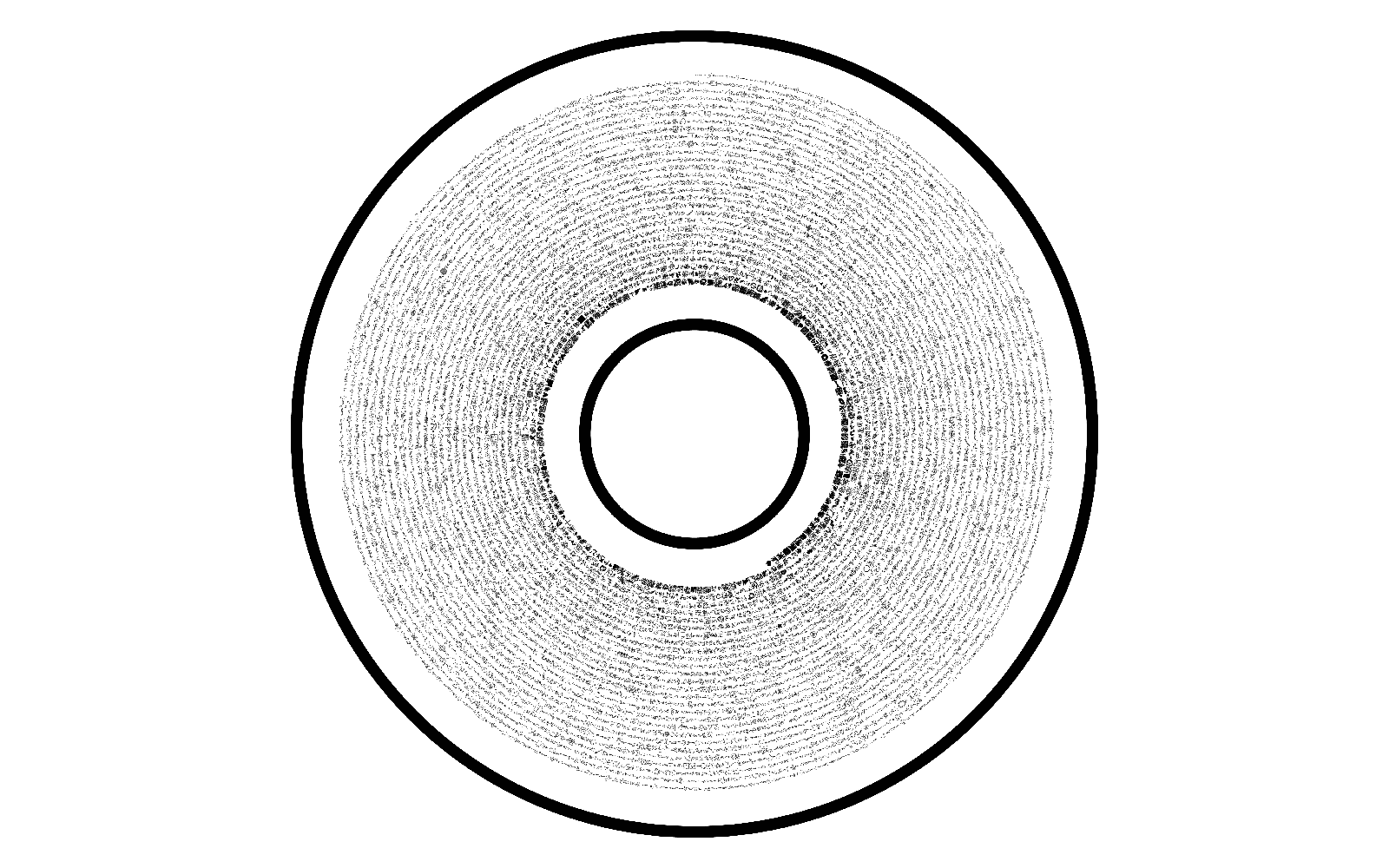
“If you’re driving under the influence you can have your license revoked. These are the kinds of measures we need to see.”
“Chaos. What was solid is now fluid. Diamantine shards scatter into the darkness. Many icy fragments tumble close to Saturn, remain there and dance around the gas giant in unison, ultimately forging the heavyweight body’s exquisite discs.”
New Media Gallery in New Westminster (BC/CA) opens “Measure,” a group exhibition that reflects on the “interconnections of time, light, colour, season, and cosmological cycles” with works by Matthew Biederman, Annette S. Lee, Félicie d’Estienne d’Orves, James Nizam, Alan Storey, and Semiconductor. Nizam’s site-specific celestial tracker Earth Spin Moon Orbit (2023, image), for example, traces the movement of our planet’s natural satellite in real-time.
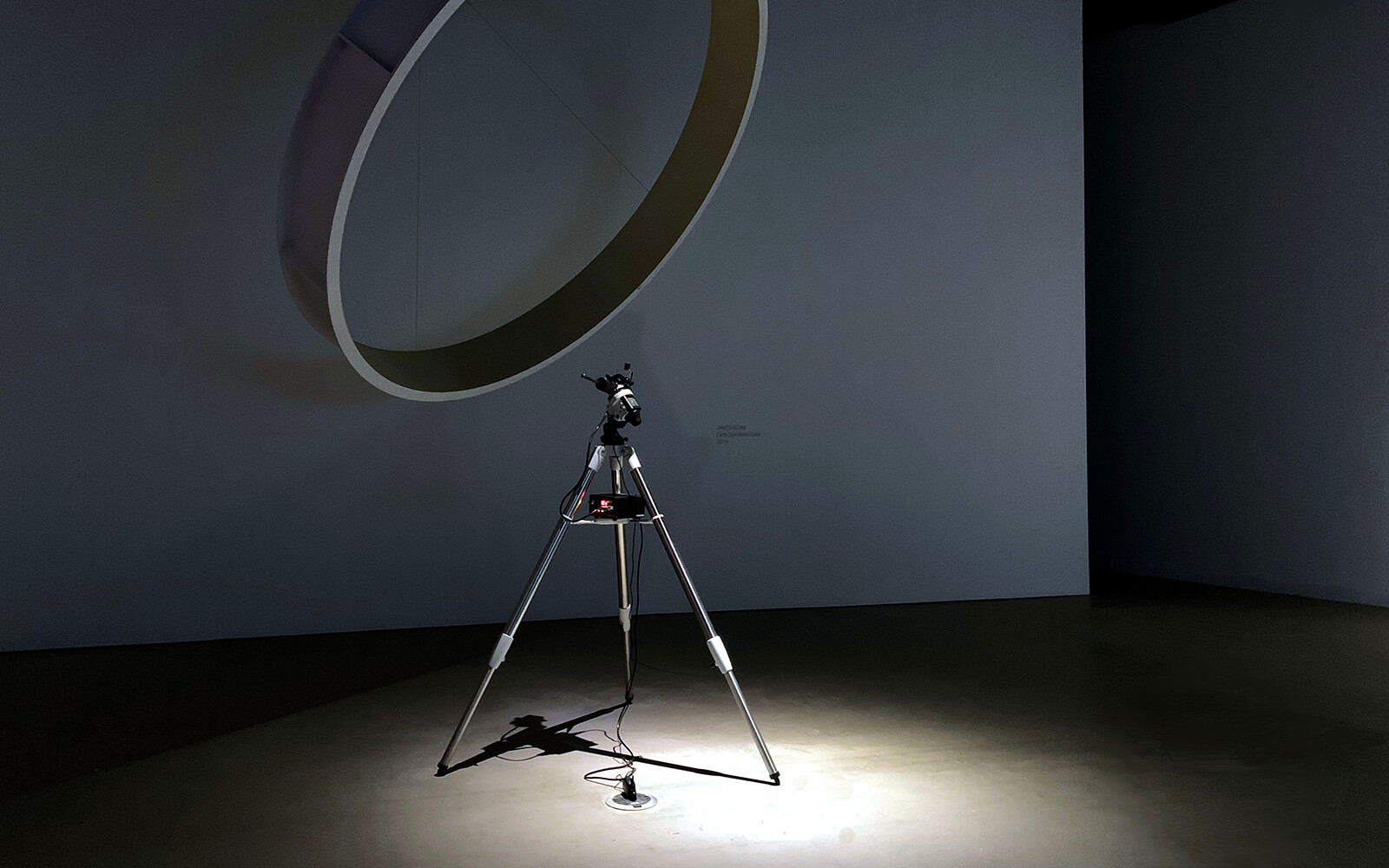
Melbourne’s Science Gallery opens “Dark Matters,” an exhibition exploring cosmic mysteries “unseen, unknown, and unspoken.” Co-curated by Arts at CERN’s Mónica Bello, the gallery’s Tilly Boleyn, and young Melbourners, the show presents transdisciplinary works by a dozen artists including Jon Butt, Julijonas Urbonas, Semiconductor, Suzanne Treister, and Yunchul Kim. Centre-stage takes Kim’s 2022 Venice Biennale serpent, Chroma V, a kinetic sculpture made up of iridescent ‘cells’ activated by subatomic particles.
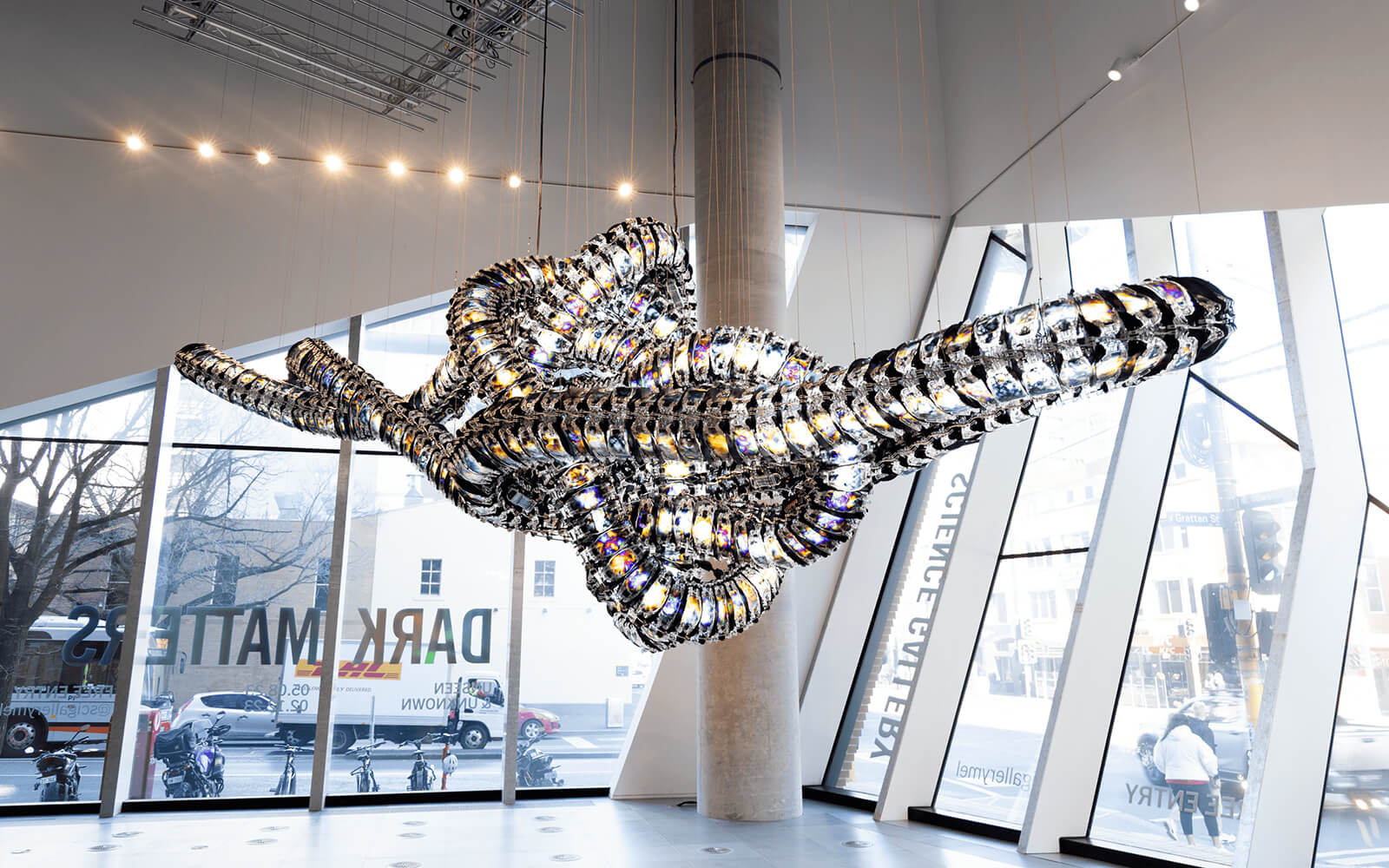
“Chasing the Devil to the Moon: Art Under Lunar Occupation Today” opens at Tallinn Art Hall (ES), constructing post-colonial cosmic imaginaries. Inspired by the 19th-century Estonian folk tale The Moon Painters, curator Corina L. Apostol presents six artists including Agate Tūna, Amélie Laurence Fortin, and Pau/a that explore social and political notions of “recolouring” the Moon. Fortin’s new CGI video The Blue Moon Project (2023, image), for example, offers a utopian vision of sustainable (blue) energy.
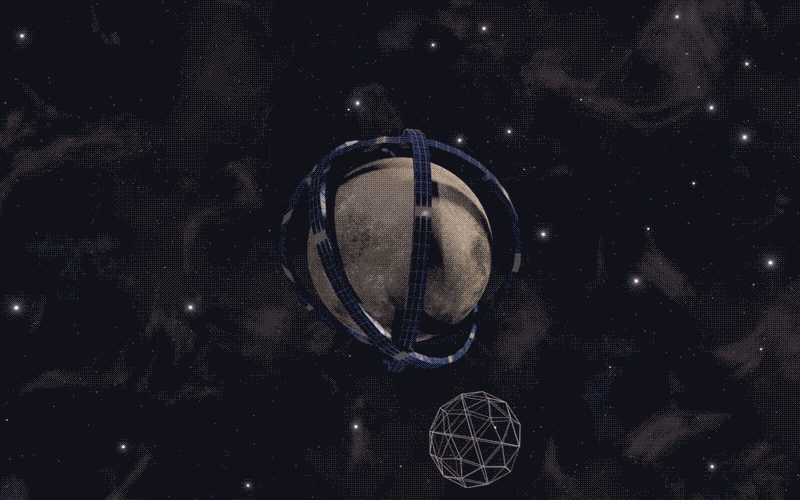
“It underscores the idea of the private space sector as a plaything for the ultra-rich.”
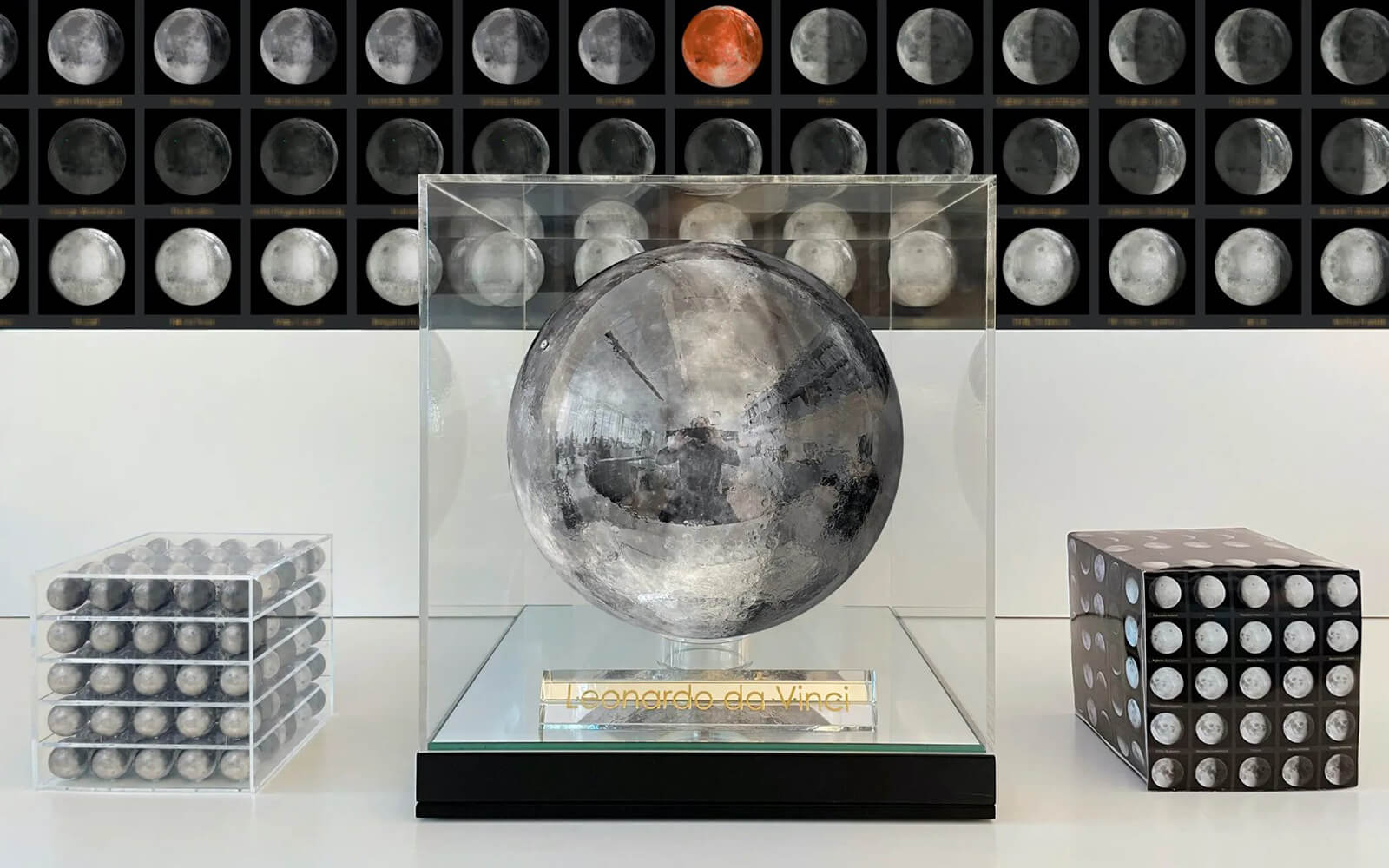
Copenhagen Contemporary opens “Yet, It Moves!,” a city-wide exhibition of art-science encounters that explore the universe’s only constant: movement. Eleven artists including Cecilia Bengolea, Ryoji Ikeda, Black Quantum Futurism, Jakob Kudsk Steensen (image: Tongues of Verglas, 2023), and Jenna Sutela worked with leading researchers through Arts at CERN, ModLab, DARK, and the IMC to express phenomena like black holes, star formation, and gravitational waves as 3D animations, VR, AR, sound, and immersive installations.
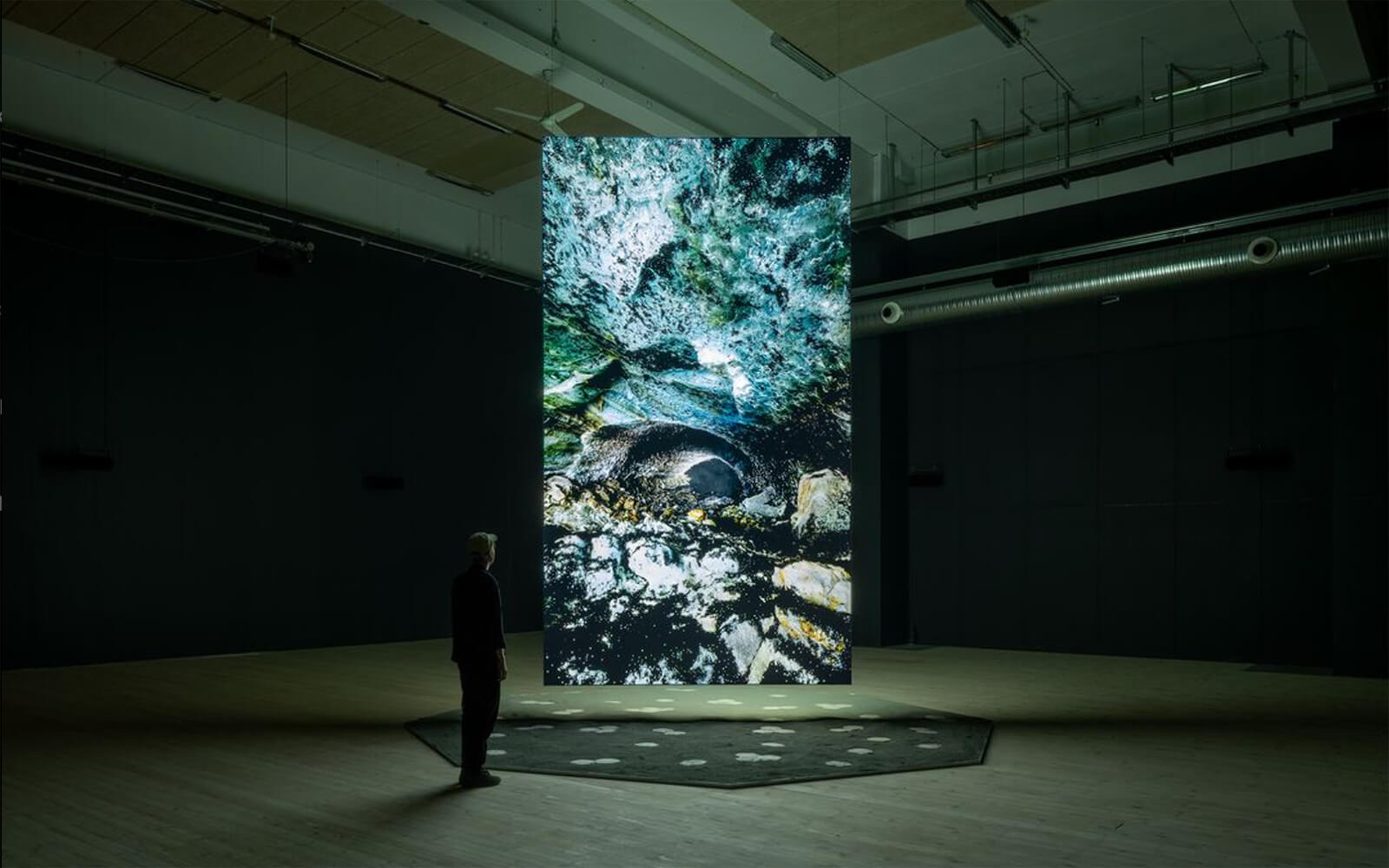
“Back to Earth: Contested Histories of Outer Space Travel” opens at New York’s Canal Projects. Nuotama Bodomo, Zahy Tentehar, and Alice dos Reis contribute to a film program that counters colonial space narratives (conquest, mining, tourism, etc.) with intersectional perspectives. Subash Thebe Limbu’s film Ningwasum (2021, image), for example, is a sci-fi film about a trio of Indigenous time travellers, from a future where Yakthung “knowledge, culture, ethics, and storytelling are still intact.”
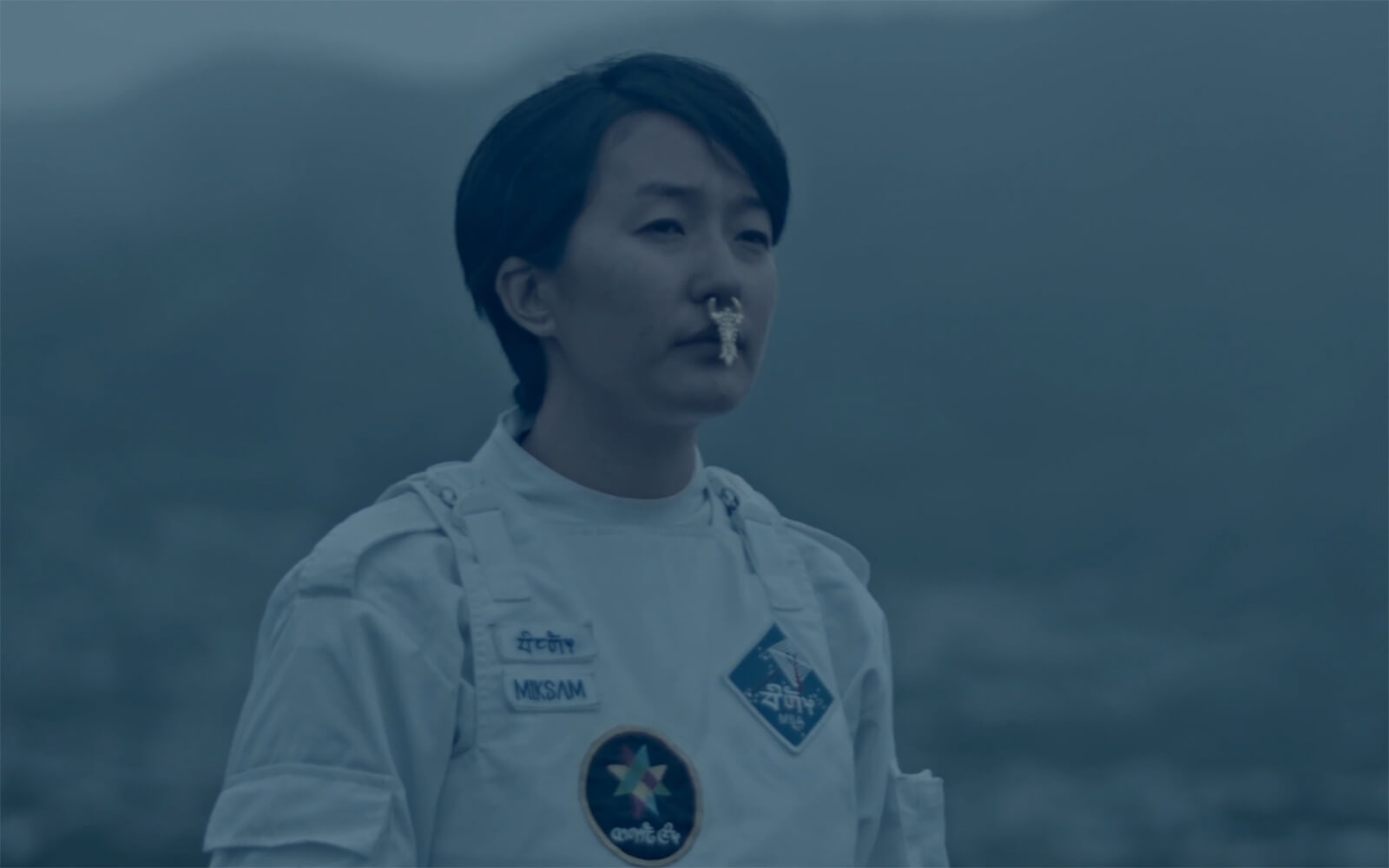
“Cosmos,” a survey of kinetic and interactive sculptures by Björn Schülke blending “action and reaction, surveillance and performance,” opens at bitforms gallery San Francisco. Included are spacecraft- and rover-inspired assemblies, vision machines, a maquette of his Norman Y. Mineta San José Airport sculpture (2010), and sound art (image: Supersonic #3, 2007). Also featured: the German artist’s first olfactory sculpture, which emits a scent created for NASA that smells like space.
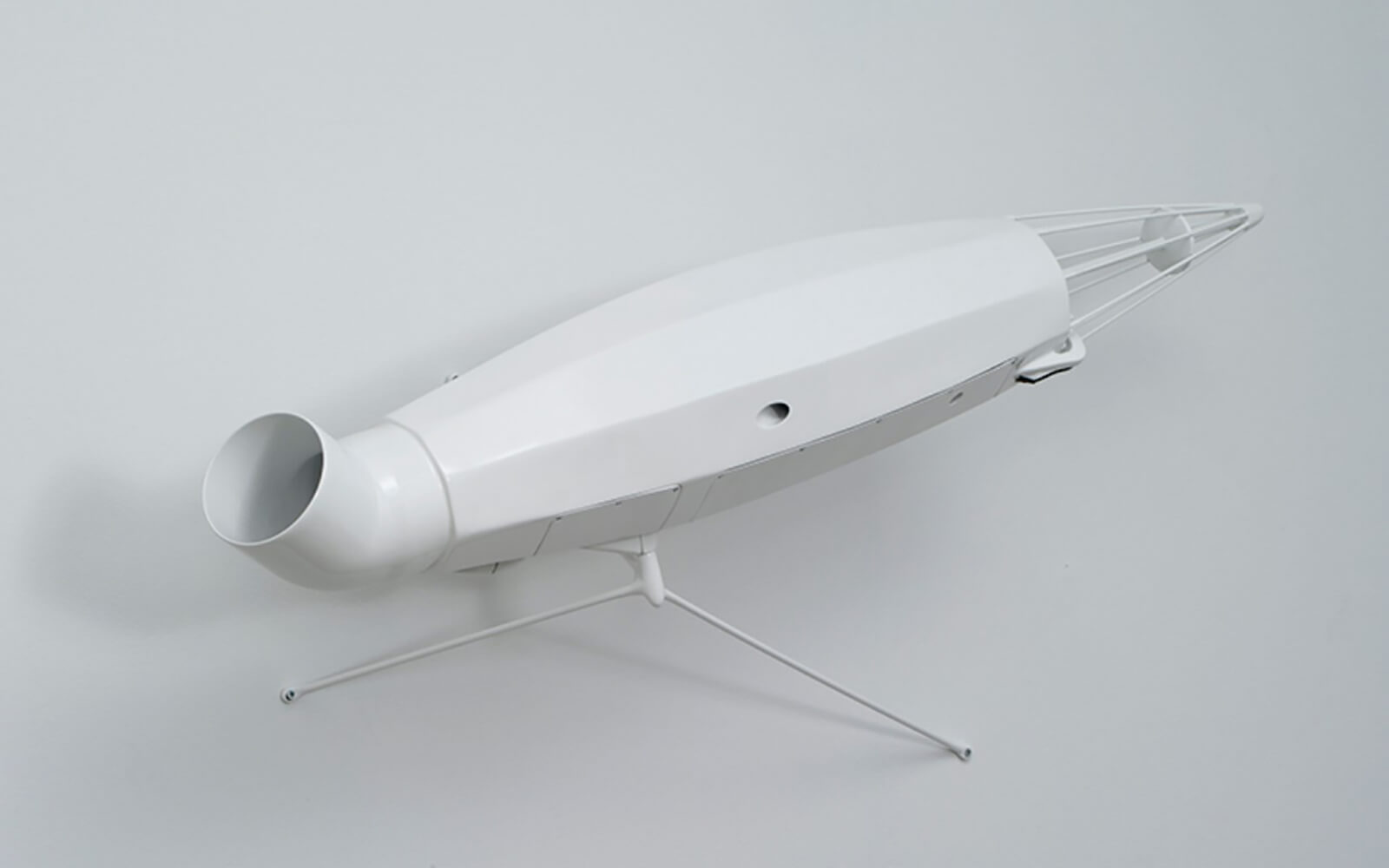
“REVENANTS,” a show featuring Kelly Richardson, Nicholas Sassoon & Rick Silva, opens at the Rectangle artist-run space in Brussels. Addressing notions of scale and the geological, Richardson’s Origin Stories (2023) zooms in on the asteroid belt between Mars and Jupiter, and Sassoon’s lava rock-inspired The Prophet (Tanaga 1) (2023, image) evokes what exhibition essayist Alexandra Crouwers describes as “the unimaginable turmoil that is in a constant grind beneath our feet.”
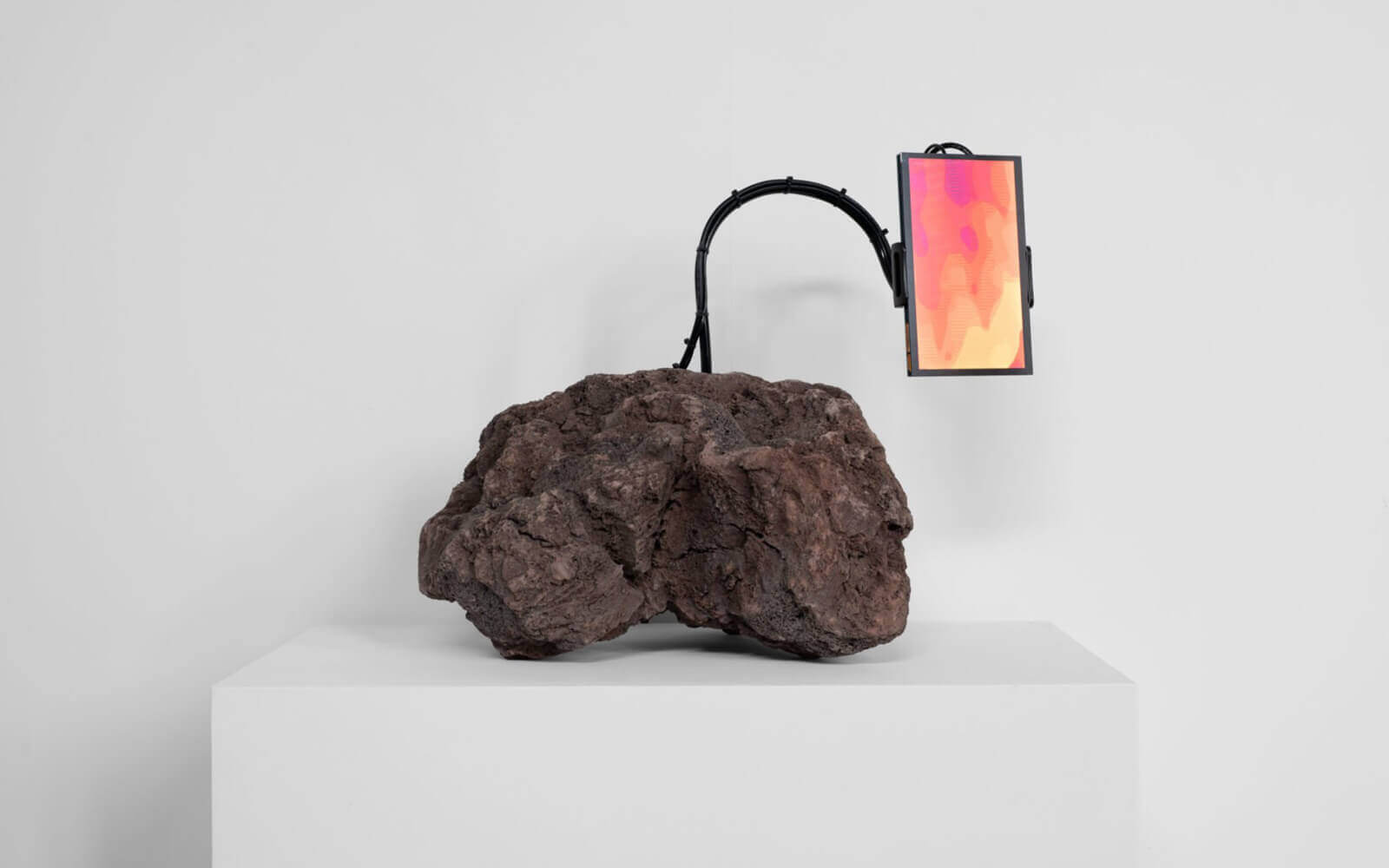
“Fetishizing the Future,” a survey of visions of tomorrow ranging from aerospace to space colonies, opens at the Zeppelin Museum in Friedrichshafen, Germany. Included are projects by Alexandra Daisy Ginsberg, Tomás Saraceno (image: Launches at White Sands, 2016), Jacolby Satterwhite, and Timur Si-Qin. More than 80 aviation history artifacts complement the artworks, chronicling humanity’s enduring desire for “speed, freedom, peace, immortality, and sustainability.”
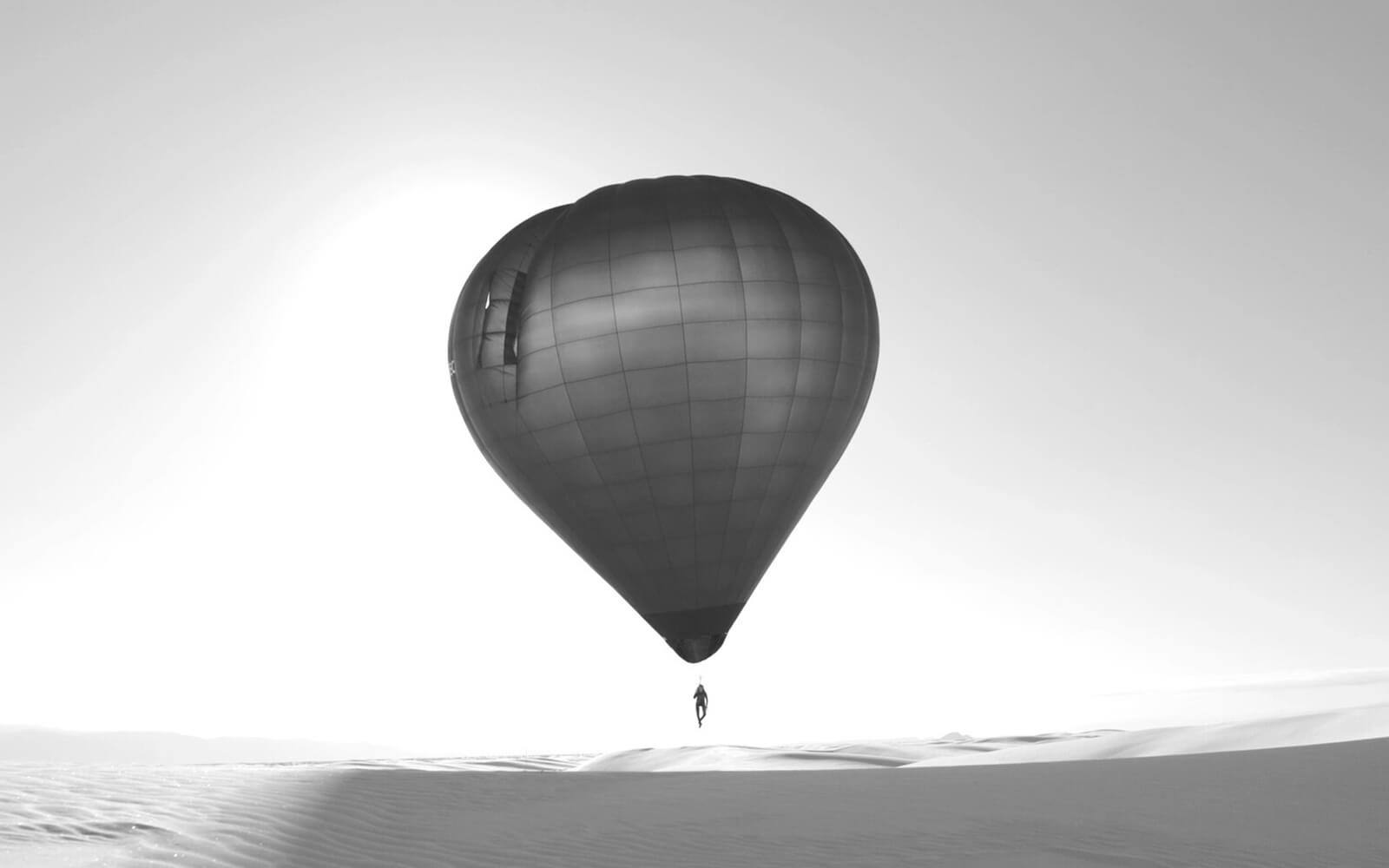
“She represents us—an idealized us—with all of our body dysmorphia and best and worst qualities, warts and all. That’s who we are as consumerists, which is filled with those contradictions.”
“Duckweed doubles its weight in just two days, is harvested continually, and is high in protein, nutrients, antioxidants, and vitamins. Only a few essential elements are missing that could make it a reliable base source for complete human nutrition.”
“My trip to space was supposed to be a celebration; instead, it felt like a funeral.”
NASA’s Double Asteroid Redirection Test (DART) successfully impacts its target, demonstrating the potential for future asteroid deflection and planetary defence. After ten months of flying in space, NASA’s spacecraft crashed directly into Dimorphos, a 160 metre moonlet orbiting the larger asteroid Didymos. More than a feat of precise guidance and navigation, the test was “a mission of unity with a real benefit for all humanity,” says NASA Administrator Bill Nelson.
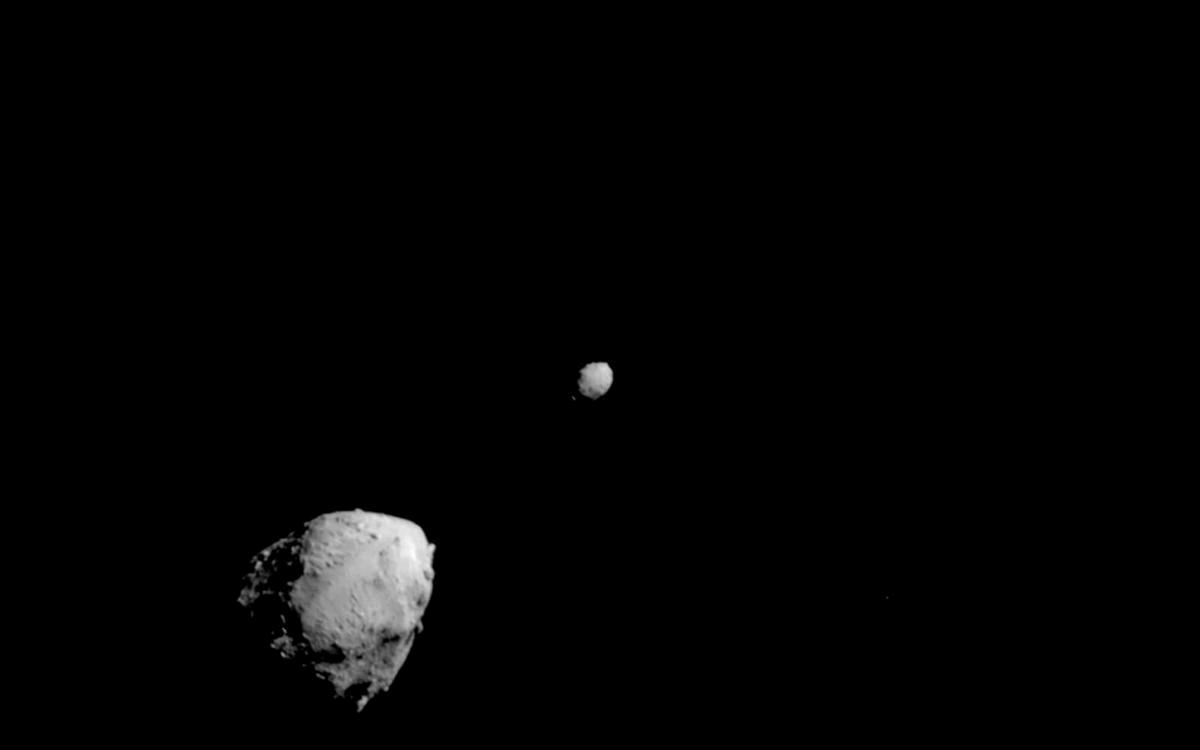
Kyriaki Goni Weaves Counter-Narratives to Colonial Cosmologies and Space Expansionism
The Greek artist discusses the interplanetary ethics at the heart of her Warsaw Biennale installation
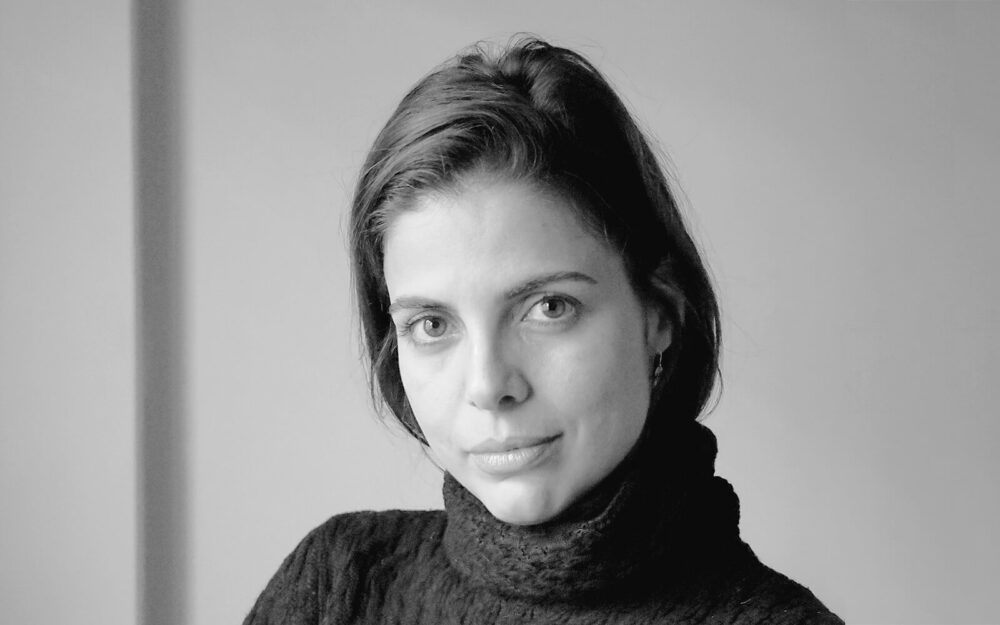
“The color pallet and compositions make an implicit argument we understand subconsciously: that looking at the depths of the cosmos is akin to looking into the 19th Century American frontier. Aesthetically, they tap into some intense American self-mythologizing.”
Daily discoveries at the nexus of art, science, technology, and culture: Get full access by becoming a HOLO Reader!
- Perspective: research, long-form analysis, and critical commentary
- Encounters: in-depth artist profiles and studio visits of pioneers and key innovators
- Stream: a timeline and news archive with 1,200+ entries and counting
- Edition: HOLO’s annual collector’s edition that captures the calendar year in print
